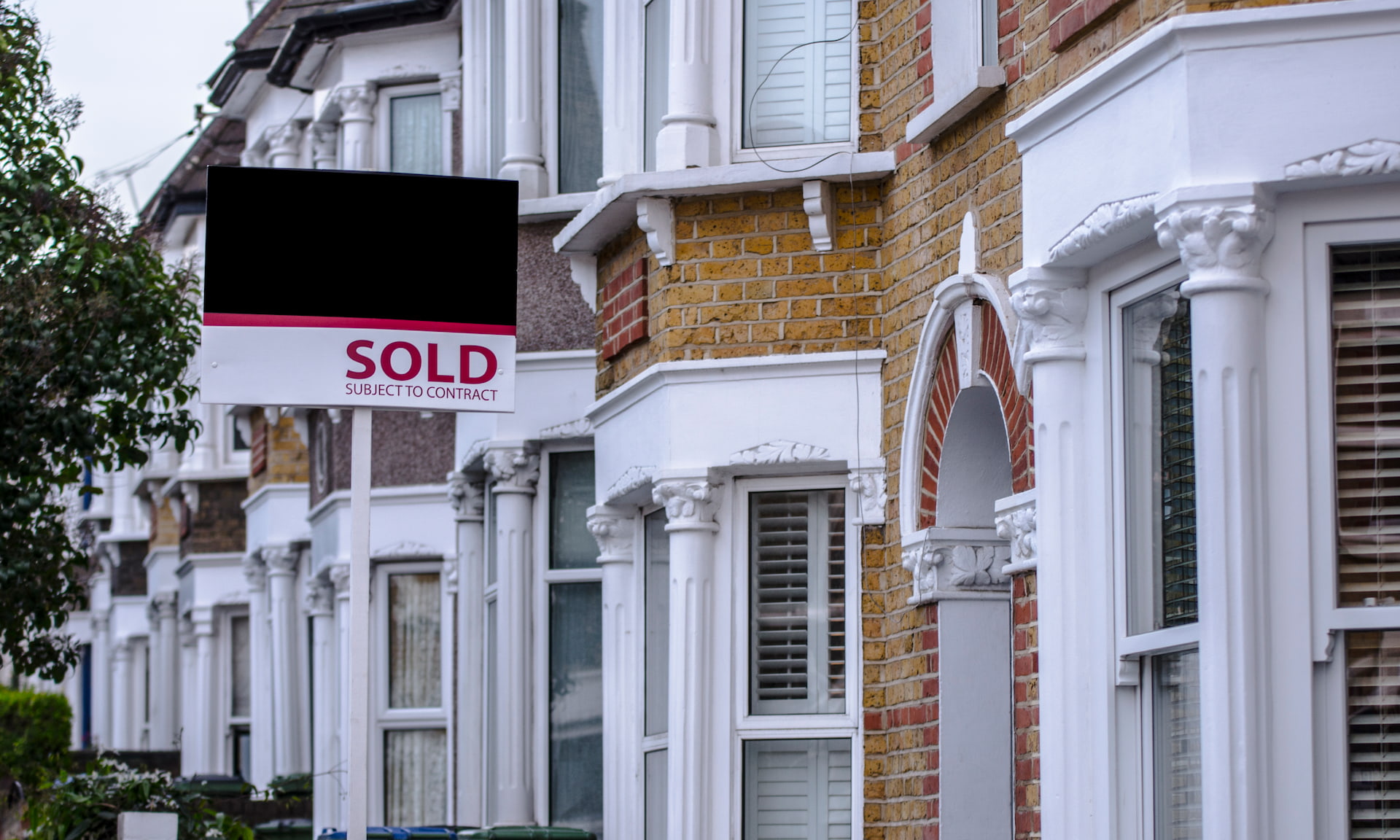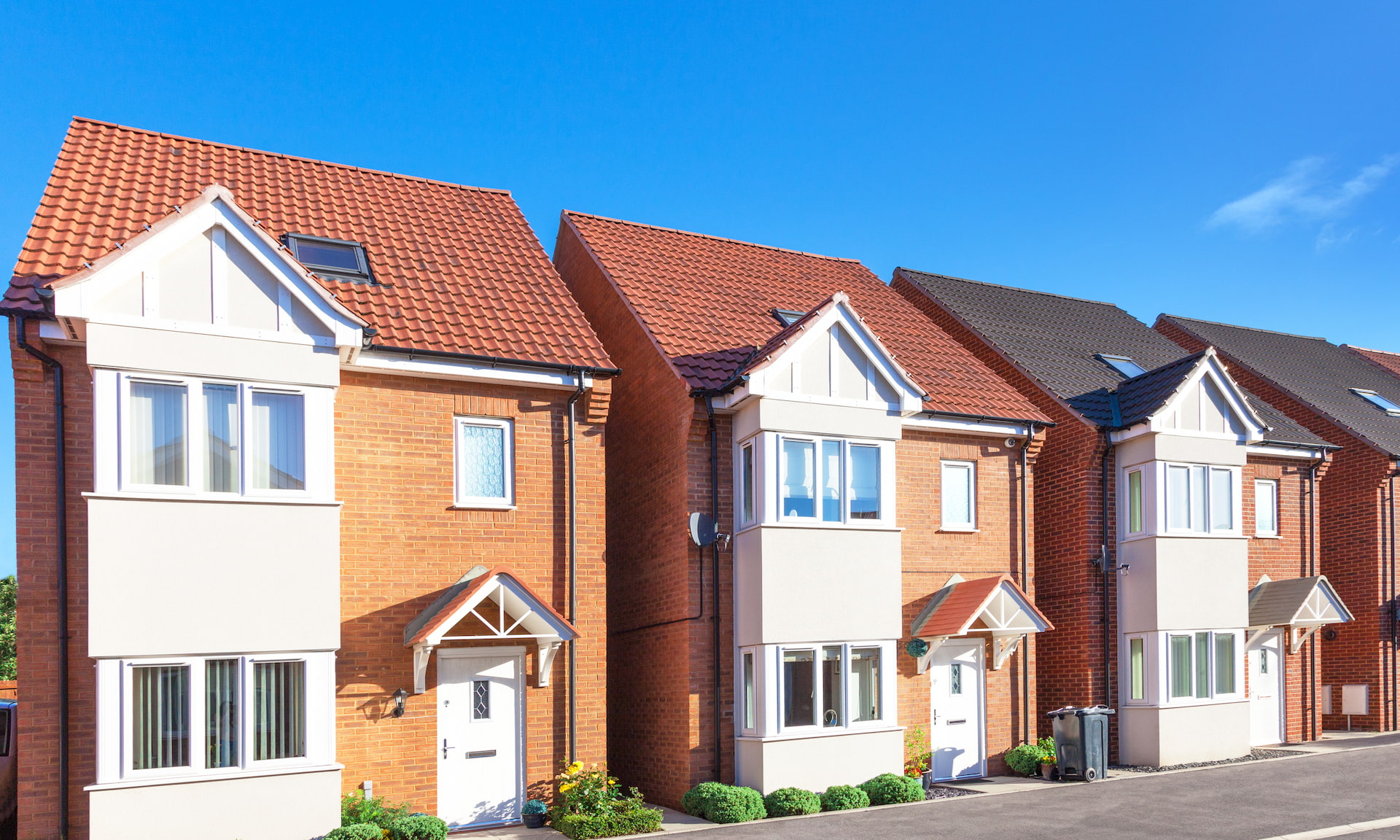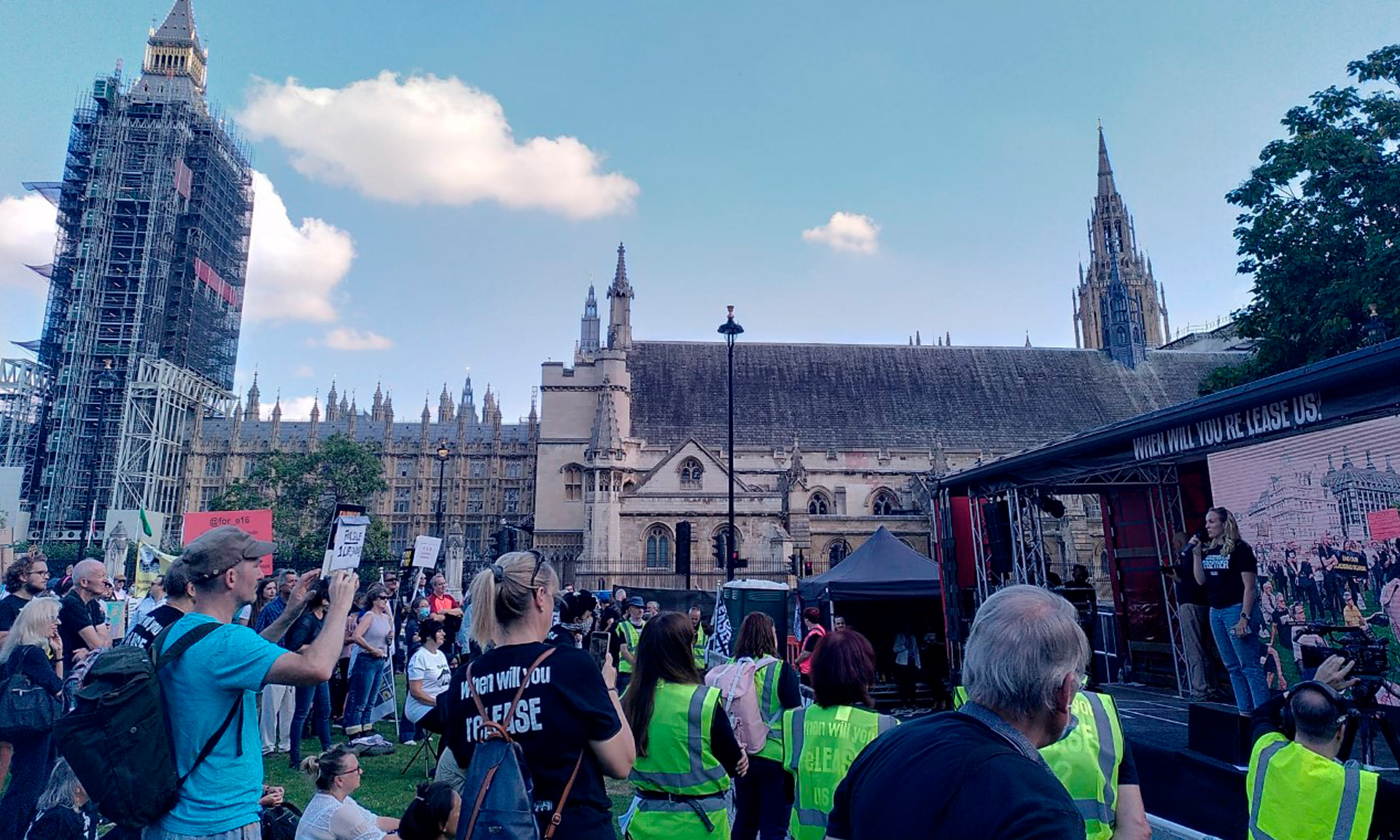
After a frenetic 14 months, the stamp duty holiday in England and Northern Ireland has today come to an end.
The government’s tax break super-charged the property market, with buyers racing to make savings of up to £15,000 when buying a home.
Here, Which? explains how the property market looks as the tax break ends, and offers advice on whether now is a good time to buy a home.
Stamp duty holiday comes to an end
In July 2020, the government introduced a temporary stamp duty holiday in an attempt to get the property market moving again after the first Covid-19 lockdown.
The holiday involved temporarily increasing the thresholds at which stamp duty must be paid across the UK.
The tax-free allowance for homebuyers rose from £125,000 to £500,000 in England and Northern Ireland, from £145,000 to £250,000 in Scotland, and from £180,000 to £250,000 in Wales.
This meant that people buying a property in England or Northern Ireland could save up to £15,000 on their usual bill.
The tax break ended on 31 March in Scotland and 30 June in Wales. It was tapered in England and Northern Ireland, where the temporary tax-free allowance was reduced from £500,000 to £250,000 from 1 July to 30 September, resulting in smaller maximum savings of £2,500.
As of today, the tax breaks across the UK have now ended, and thresholds have returned to the original pre-pandemic levels.
How the stamp duty cut affected house prices
The stamp duty holiday had a seismic effect on the UK property market, with house prices rising substantially across the board.
The table below shows how prices have changed since June 2020 (the month before the stamp duty break) and July 2021 (the most recent month for which Land Registry data is available). Equivalent data is not available for Northern Ireland.
| Country | Average house price (June 2020) | Average house price (July 2021) | Percentage change |
| England | £252,432 | £270,973 | 7.3% |
| Scotland | £157,191 | £177,166 | 12.7% |
| Wales | £168,009 | £187,960 | 11.9% |
What’s happened to property sales?
The promise of a lower tax bill brought a huge surge of homebuyers competing to secure properties. In England, the biggest competition came in more expensive markets, as buyers sought to save up to £15,000 in tax when buying properties for more than £500,000.
This increase in demand resulted in homes coming under offer much more quickly, but the knock-on effect was that the process of buying a home slowed down as estate agents, conveyancers and house surveyors came under unprecedented pressure.
In June, the month where the biggest stamp duty savings came to an end, 198,000 homes were sold in the UK, double the number sold in a normal month.
There are signs that the rush has now died down, however. In August, UK property sales had fallen to just below 100,000.
Stamp duty rates across the UK
Stamp duty rates have now returned to their old levels across the UK. How much you’ll pay depends on where you’re buying a home, and whether you’re a first-time buyer, an existing homeowner or an investor.
England and Northern Ireland
Existing homeowners have a tax-free threshold of £125,000. First-time buyers can benefit from a higher threshold of £300,000, as long as the property they’re buying costs £500,000 or less.
People purchasing buy-to-let properties or second homes must pay a 3% surcharge on the below rates. Overseas buyers must pay a 5% surcharge.
Existing homeowners
| Portion of property price: | Percentage to pay |
| £0-£125,000 | 0% |
| £125,001-£250,000 | 2% |
| £250,001-£925,000 | 5% |
| £925,001-£1.5m | 10% |
| £1.5m+ | 12% |
First-time buyers (homes priced below £500,000)
| Portion of property price: | Percentage to pay |
| £0-£300,000 | 0% |
| £300,001-£925,000 | 5% |
| £925,001-£1.5m | 10% |
| £1.5m+ | 12% |
Scotland
Stamp duty in Scotland is called Land and Buildings Transaction Tax (LBTT). First-time buyers benefit from a slightly higher LBTT threshold than existing homeowners.
People purchasing buy-to-let properties or second homes must pay an extra 4% on top of the rates below.
Existing homeowners
| Portion of property price | Percentage to pay |
| £0-£145,000 | 0% |
| £145,001-£250,000 | 2% |
| £250,001-£325,000 | 5% |
| £325,001-£750,000 | 10% |
| £750,000+ | 12% |
First-time buyers
| Portion of property price | Percentage to pay |
| £0-£175,000 | 0% |
| £175,001-£250,000 | 2% |
| £250,001-£325,000 | 5% |
| £325,001-£750,000 | 10% |
| £750,00+ | 12% |
Wales
Stamp duty in Wales is called Land Transaction Tax (LTT). Unlike in the rest of the UK, existing homeowners and first-time buyers have the same thresholds.
People buying investment properties or second homes must pay a 4% surcharge on top of the below rates.
| Portion of property price | Percentage to pay |
| £0-£180,000 | 0% |
| £180,001-£250,000 | 3.5% |
| £250,001-£400,000 | 5% |
| £400,001-£750,000 | 7.5% |
| £750,001-£1.5m | 10% |
| £1.5m+ | 12% |
Stamp duty calculator: how much will I pay?
If you’re thinking of buying a home, you can find out how much you’ll need to pay in stamp duty by using our stamp duty calculator below.
Is now a good time to buy a property?
With the stamp duty holiday over, we’re likely to see house price growth slow down – but don’t expect prices to drop anytime soon.
The estate agencies Savills and Hamptons predict that prices will rise by 3.5% in 2022, with both agents saying they expect slower growth than we’ve seen this year.
With some uncertainty still remaining around Covid-19, inflation and the Bank of England base rate, we could still see some volatility in the market, so if you are looking to buy, you might have to be prepared to ride out any twists and turns still to come.
House prices are high at the moment, but there is some respite for buyers in the form of low mortgage rates.
Buyers with bigger deposits can now benefit from the cheapest rates on record. Elsewhere, the market is improving for first-time buyers, with rates on low-deposit mortgages having fallen significantly this year.



